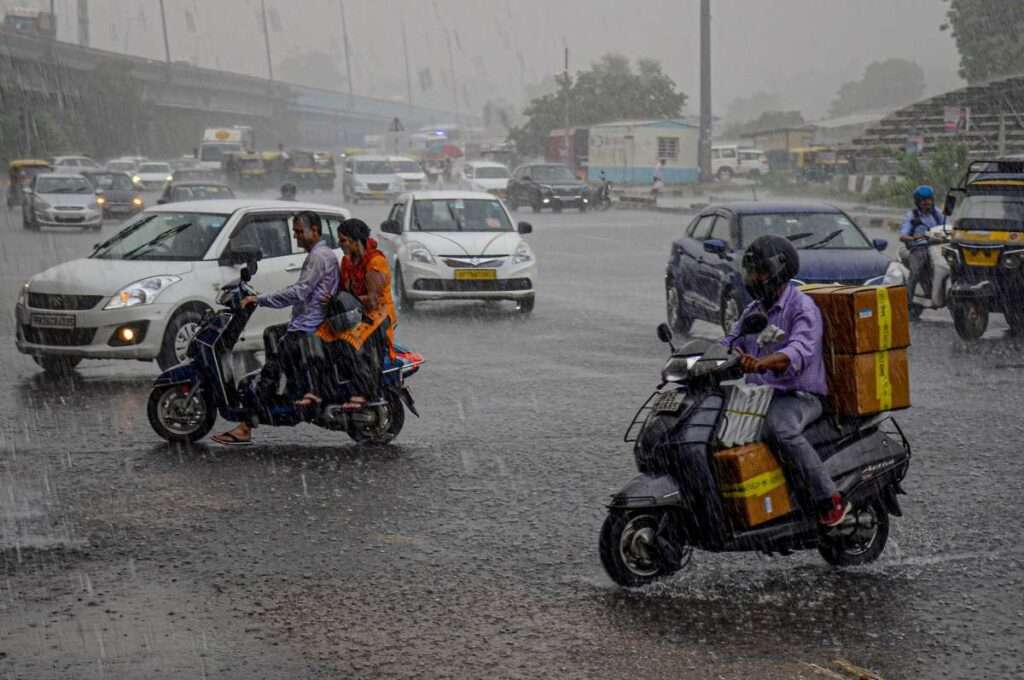New Delhi, May 13, 2025 — In a significant development that brings hope to farmers and relief from the sweltering heat, the India Meteorological Department (IMD) has forecast an early onset of the 2025 southwest monsoon, expected to arrive before its usual schedule in May. The announcement has sparked optimism across agricultural and economic sectors, given the crucial role monsoon plays in sustaining India’s agrarian economy.
According to the IMD, Monsoon 2025 is likely to reach the Kerala coast by the third week of May, almost a week ahead of the historical average date of June 1. The early arrival is attributed to favorable oceanic and atmospheric conditions, including above-normal sea surface temperatures in the Indian Ocean and strong cross-equatorial flows.
Favorable Weather Indicators Boost Confidence
In its latest bulletin, the IMD highlighted key meteorological indicators that point to an early and possibly above-normal monsoon. The department noted the weakening of El Niño conditions and the possible emergence of La Niña in the Pacific Ocean, both of which are conducive to robust monsoon activity in the Indian subcontinent.
“Early signals show promising developments. The monsoon winds are likely to strengthen sooner than usual, and the monsoon trough is forming well in advance,” said Mrutyunjay Mohapatra, Director-General of IMD. He added that the northward movement of the Intertropical Convergence Zone (ITCZ) has been faster this year, aiding monsoon advancement.
Implications for Agriculture and Economy
The early arrival of monsoon rains is expected to benefit farmers by facilitating timely sowing of kharif crops such as paddy, maize, pulses, and oilseeds. Agricultural economists believe this could lead to higher crop yields and better food security, especially in rain-fed areas.
An early monsoon also has positive implications for the economy, particularly in sectors like power, FMCG, and rural consumption. With improved reservoir levels and soil moisture conditions, the demand for irrigation and groundwater extraction is likely to reduce, easing pressure on energy and water resources.
Precautionary Measures and Regional Variations
While the forecast has been welcomed, experts urge caution. The distribution and consistency of rainfall remain crucial. A strong start to the monsoon does not necessarily guarantee uniform rainfall across regions. The IMD has also advised states to prepare for localized flooding, especially in coastal and northeastern areas.
Disaster management authorities in Kerala, Karnataka, and Maharashtra have already begun early coordination to address potential flood risks. Meanwhile, farmers in northern India have been advised to prepare for earlier sowing schedules.
Conclusion: A Promising Start with Cautious Optimism
The early monsoon in 2025 presents a positive outlook for India’s agriculture and economy, marking a hopeful shift after the erratic patterns observed in recent years. However, consistent monitoring and adaptive planning will be essential to ensure that the benefits of an early monsoon are fully realized while minimizing associated risks.
With changing climate patterns influencing seasonal cycles, the emphasis on real-time weather tracking, smart agriculture, and sustainable resource management becomes even more critical.



